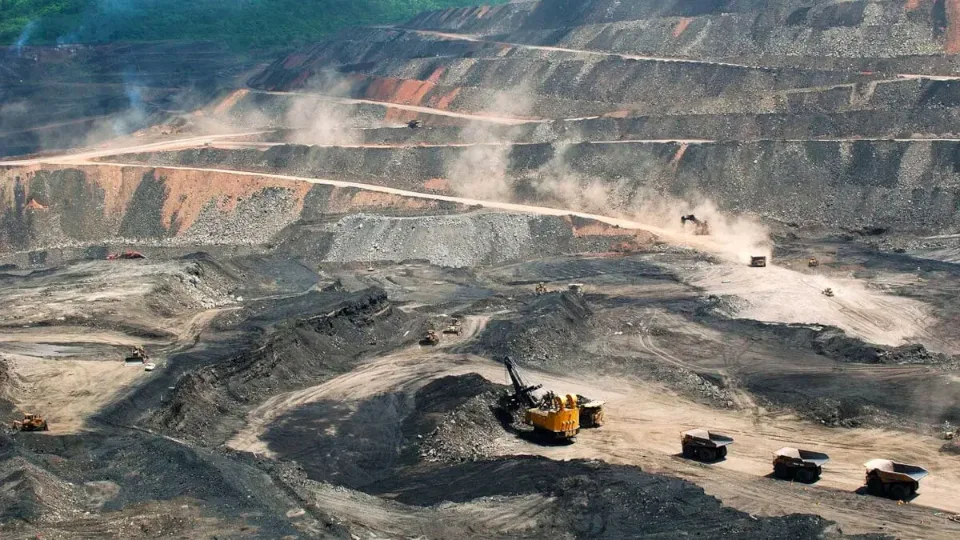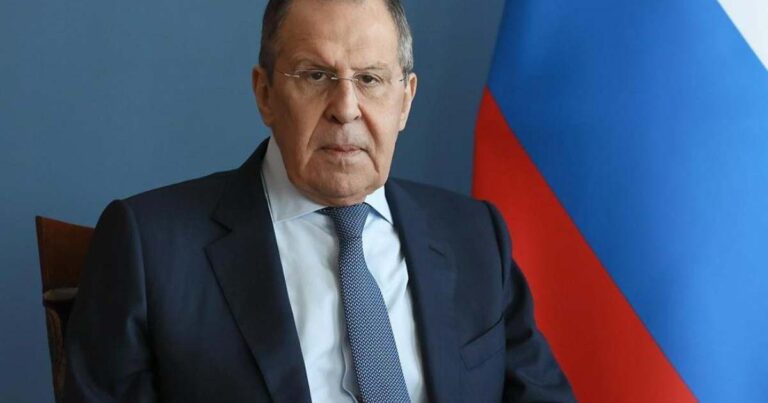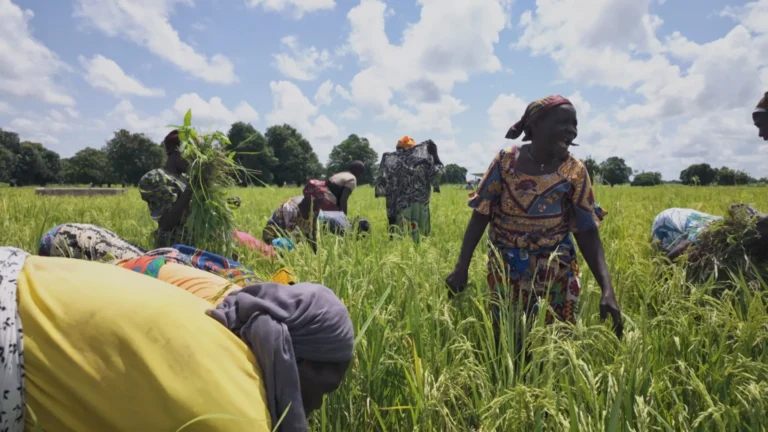
The Fraser Institute’s 2024 annual report on global mining attractiveness, released in late July 2025, reveals a reshuffled hierarchy among the 82 jurisdictions assessed, with surprising ascents, notable declines, and a growing emphasis on governance over geology.
As regulatory clarity and political stability become increasingly pivotal, some nations are rising swiftly, while others fall behind despite rich subsoil reserves.
Finland has seized the top spot globally, soaring from 17th to 1st in just a year.
The Nordic country’s mix of robust mineral resources and a highly stable regulatory environment has made it the most attractive jurisdiction for mining investment worldwide.
Among the most dramatic improvements is the Philippines, which has catapulted from 72nd to 16th place. T
he country’s leap reflects a significant shift in investor sentiment, driven by reforms aimed at creating a more welcoming policy climate. Mexico also made considerable progress, climbing from 74th to 49th, as it works to ease permitting delays and address regulatory uncertainty.
However, not all shifts were positive. Queensland, Australia, dropped 26 places to 39th, largely due to prolonged administrative delays and new environmental regulations seen as unpredictable.
This decline placed the mining-heavy region behind Namibia and Indonesia. Canadian provinces like British Columbia and Manitoba also slid down the rankings despite their strong geological assets, hindered by deteriorating perceptions of their policy environments.
On the African continent, Morocco stands out with a remarkable rise to 18th place globally—becoming Africa’s top-ranked jurisdiction. The improvement is credited to increased investor confidence in the country’s regulatory framework, despite logistical and land access challenges.
Botswana follows at 20th, maintaining its long-standing reputation for stability. Zambia and Namibia also remain competitive at 28th and 30th respectively, thanks to transparent governance and accessible permitting processes.
In contrast, several African nations continue to lag at the bottom of the table.
Ethiopia, Zimbabwe, Mozambique, Guinea, Mali, and Niger are all hampered by opaque regulatory regimes, lengthy bureaucratic procedures, and legal ambiguities. Even the mineral-rich Democratic Republic of Congo failed to improve its standing, due to persistent concerns over governance and infrastructure access.
The report underscores a crucial insight: geological wealth alone no longer guarantees investor interest. The Fraser Index weights mineral potential at 60% and policy perception at 40%, but in practice, poor governance can severely undercut even the most resource-rich territories.
As countries like Morocco and the Philippines demonstrate, targeted reforms and regulatory transparency can rapidly transform mining profiles. For policymakers, the message is clear: competitiveness now hinges as much on clarity and consistency as it does on what lies beneath the ground.



